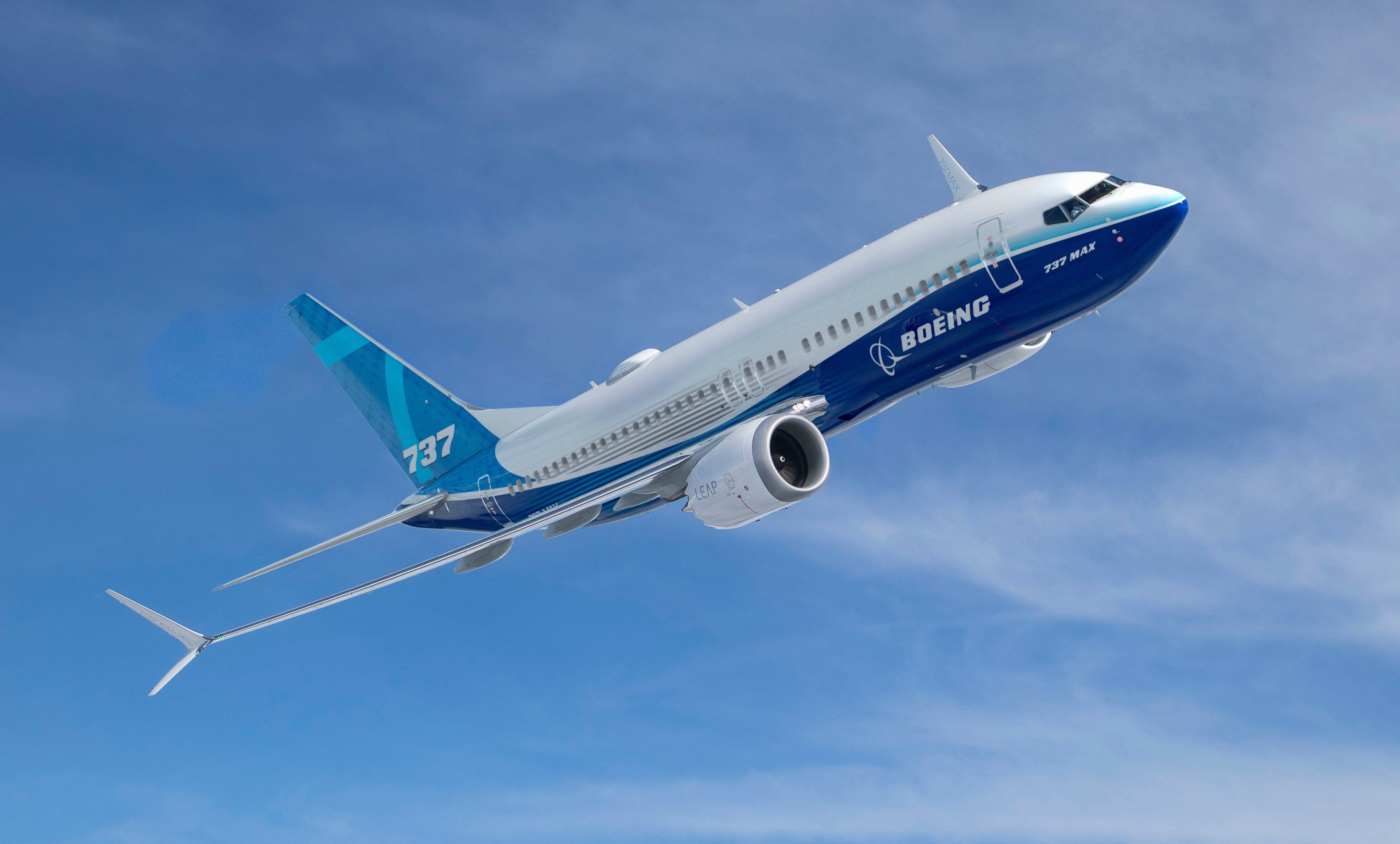The 757 is one of the seven Boeing (BA +2.79%) commercial planes that have bagged more than 1,000 orders in their lifespan. Boeing once ruled the narrow body market with this acclaimed aircraft. The advent of more modern planes eventually ended its market. But, the 757 left a gap in not just Boeing's portfolio but in the entire narrow-body space it served as no other plane with a seating capacity of 200-280 offers its range of 3,900 nautical miles. The industry never really stopped speculating over a 757 replacement, and now Airbus' (EADSY +0.94%) decision to upgrade the A330 has got the grapevine buzzing again as this model targets the same segment as the 757. Boeing's currently focused on upgrading its best-sellers 737 and 777 to 737 Max and 777X. So will it ruminate on developing a 757 replacement?

Boeing 757-300, Source: Wikimedia Commons
The journey through the years
The 757 was originally designed to replace the aging three-engine 727 aircraft, and it's had an incredible run in its 23-year journey. Boeing had weighed numerous aircraft proposals in the 1970s to succeed the 727. But nothing worked out until the latter half of the decade when the company finally settled on a design that would retain the cabin cross section of the 727, but with longer fuselage, fresh flight deck, wing, and nose. As the aircraft was developed simultaneously with the 767, both jets share quite a few things in common.
Boeing unveiled the 757 idea in 1979 after receiving orders from British Airways and Eastern Airlines. The 757-200 had its first flight in 1982 and entered service the next year. The 228-seater jet had a range of 3,900 nautical miles and was 80% higher in fuel efficiency compared with the 727 family. The 757 initially took some time to gather steam, but orders started picking pace in the second half of 1980s -- thanks to the increasing traffic on routes earlier catered by the 727s and 737s.
In mid 1990s, Boeing introduced the 757-300, a 280-seater version with 10% lesser seat-mile operating cost. In 1999 the aircraft entered service with launch customer Condor. This plane was targeted toward the European leisure markets. Boeing managed to sell some 50 odd units of this variant after which in 2003 it decided to discontinue the aircraft altogether due to lack of orders. The last delivery of the plane went in 2005.

Orders and deliveries of Boeing 757, chart by author, Data source: Boeing
The gap left by 757 has given Airbus an edge
The 757 used to target the 200-280-seater segment, which is between the single aisle 737 (seating 120 to 220 passengers) and the smallest version of the 787 Dreamliner (seating 242 passengers). This leaves a gap in the 220-242-seater space. Boeing offers the 737-900, 737-900ER and 737 Max 9 as substitutes but none really fit the bill. Airbus has capitalized on the opportunity with its A321, which seats between 185 and 220 passengers and has certain advantages over Boeing planes. The A321 and A321neo are low on operating cost compared with the 737-900ER and the 737 Max 9. As the A321 has 7% to 10% higher passenger capacity, it pulls down the operating cost by 7% to 9% over the 737-900ER. No wonder then Airbus has bagged 2,245 orders for A321 and A321neo compared with 985 orders for 737-900, 737-900ER and 737 Max 9.
There's one thing the 757 offered that none of its comparables do -- tremendous range. The A321neo might replace the 757 in several routes, but there's no substitute for the 757 when it comes to trans-Atlantic flights or flights from the U.S. down to South America.
Why Boeing needs a clean-slate plane
Speculations regarding the 757 replacement have emerged plenty of times. In June, Asian airline Air Astana, which is quite keen on the plane, said Boeing's preparing to announce a 757 successor. The carrier's president Peter Foster said that the company's discussion with Boeing indicated that a new plane to substitute the 757 would be built. How factual this is remains to be seen. Interestingly, most of the speculations are over a clean slate design rather than a reengineered version as airlines are asking for more than a mere engine change. They want better range, bigger planes, improved cockpit, and comfortable seats with superior layout.
Airlines have been requesting plane makers to come out with larger single aisle planes. Nico Buchholz of Deutsche Lufthansa said that the airline is looking for "aircraft that is slightly larger than the current families" and can carry 170-240 passengers. Airbus says its A321neo can seat 240 passengers. But Buchholz said the preference is for a larger plane that would comfortably accommodate passengers instead of a plane that just manages such passenger count. This is exactly where Boeing can pitch the new plane.

Boeing 757-28A, Source: Wikimedia Commons
Air Lease Corp CEO Steven Udvar-Házy told Wall Street Journal that a 757 replacement may take as long as a decade to come as presently "neither Boeing nor Airbus have the stomach" to spend billions on a new aircraft. They need to first set their current undertakings, such as the 737 Max, 777X, A320neo and A330neo, right. But from the popularity of Airbus' A321, it's clear that Boeing has to get its act together in the segment soon -- whether that's through a 757 replacement or a new game plan, remains to be seen.








